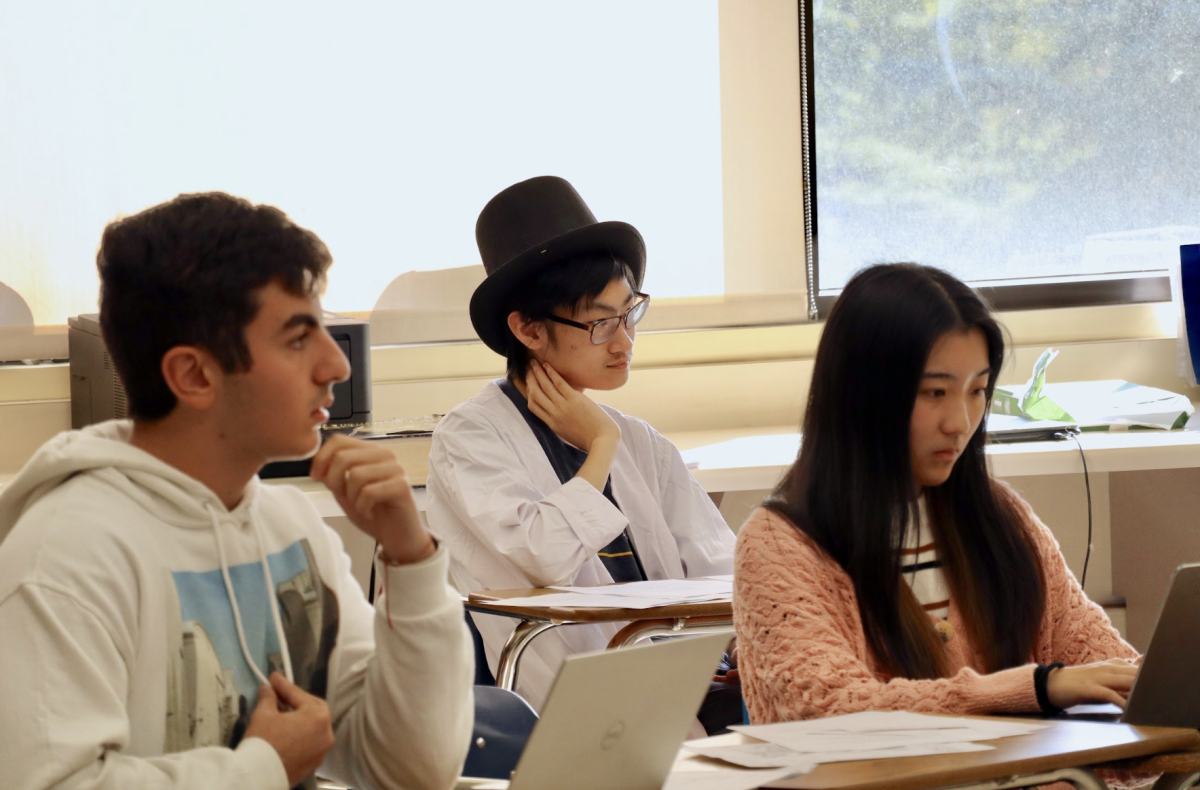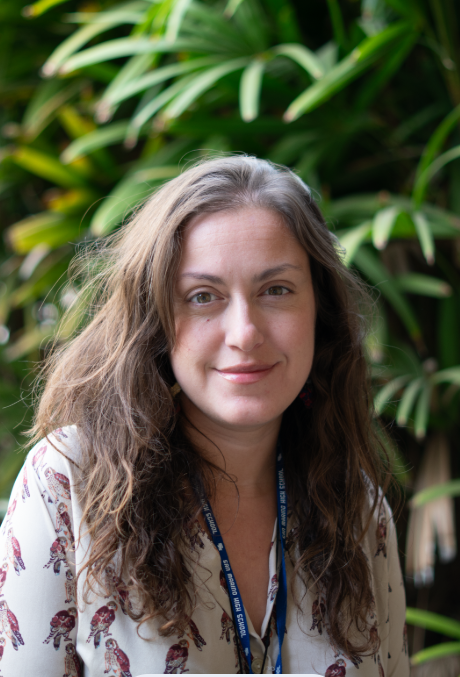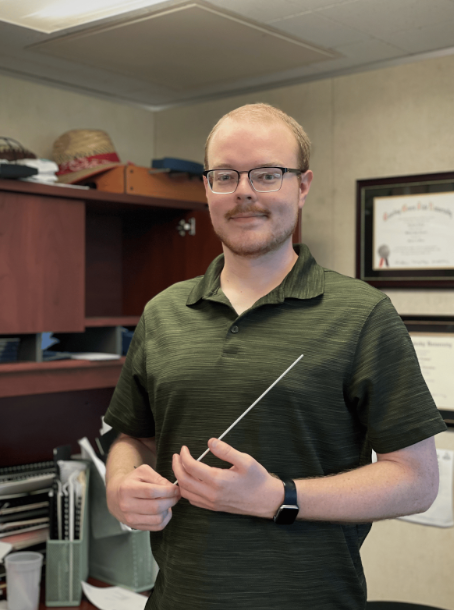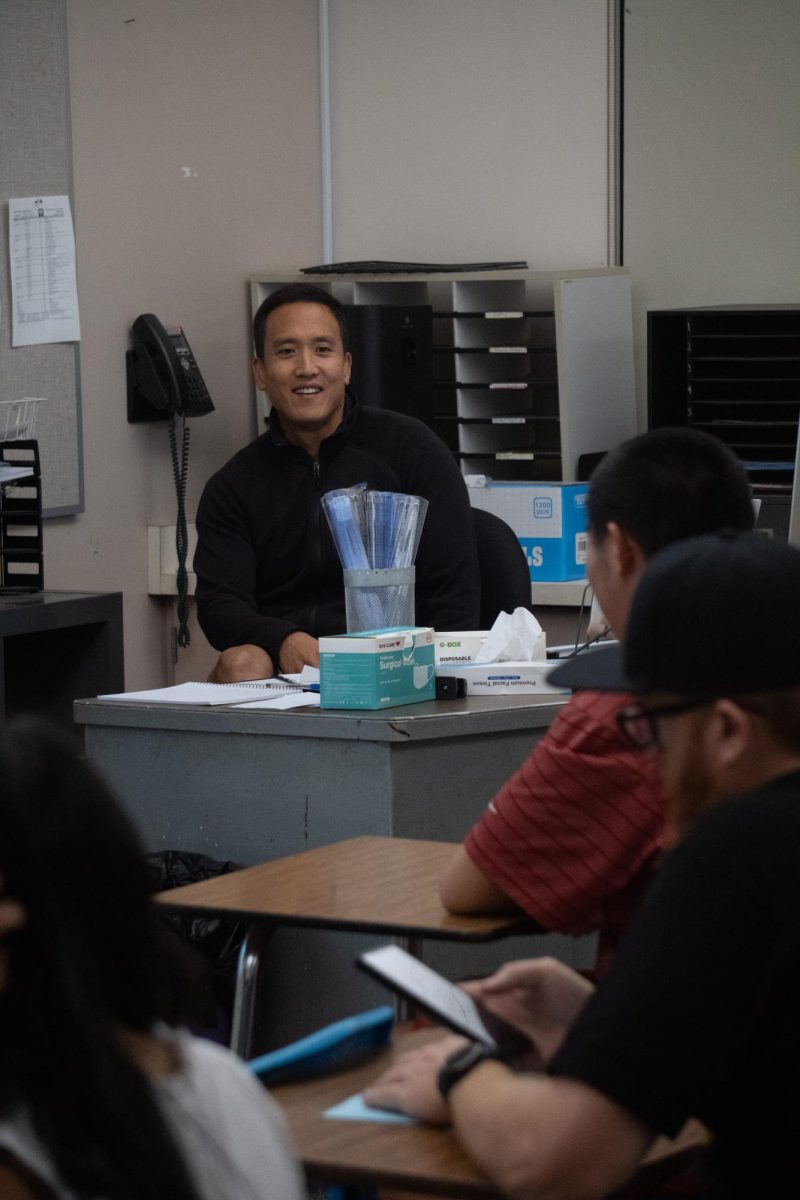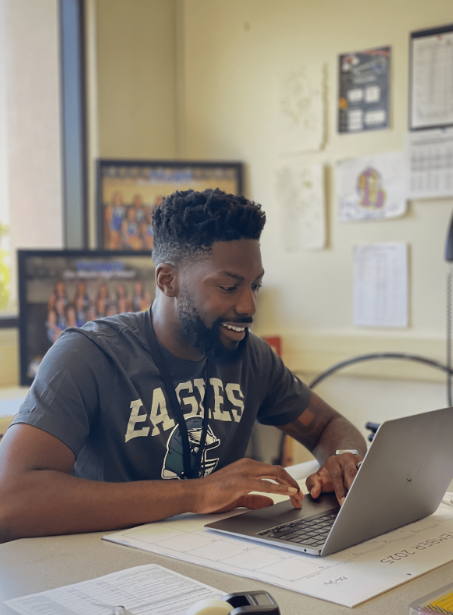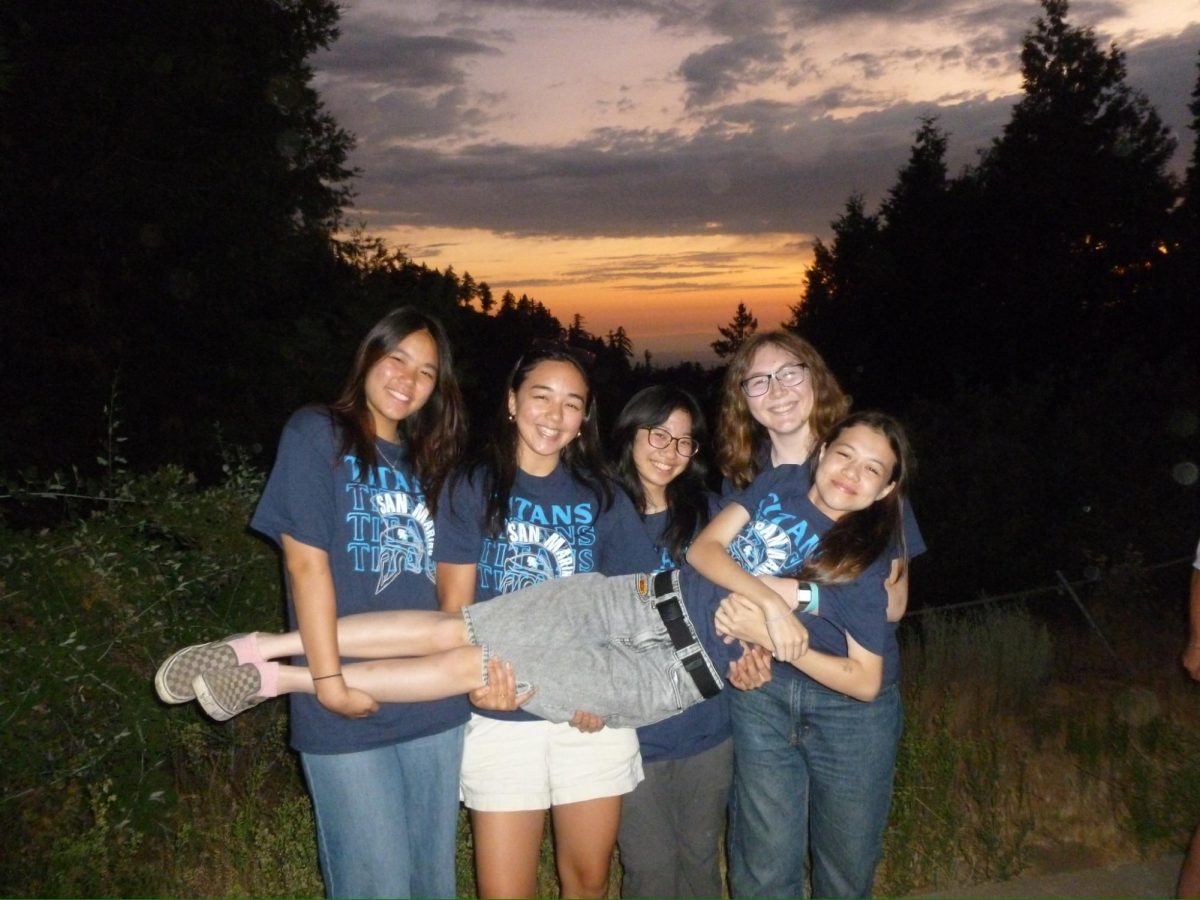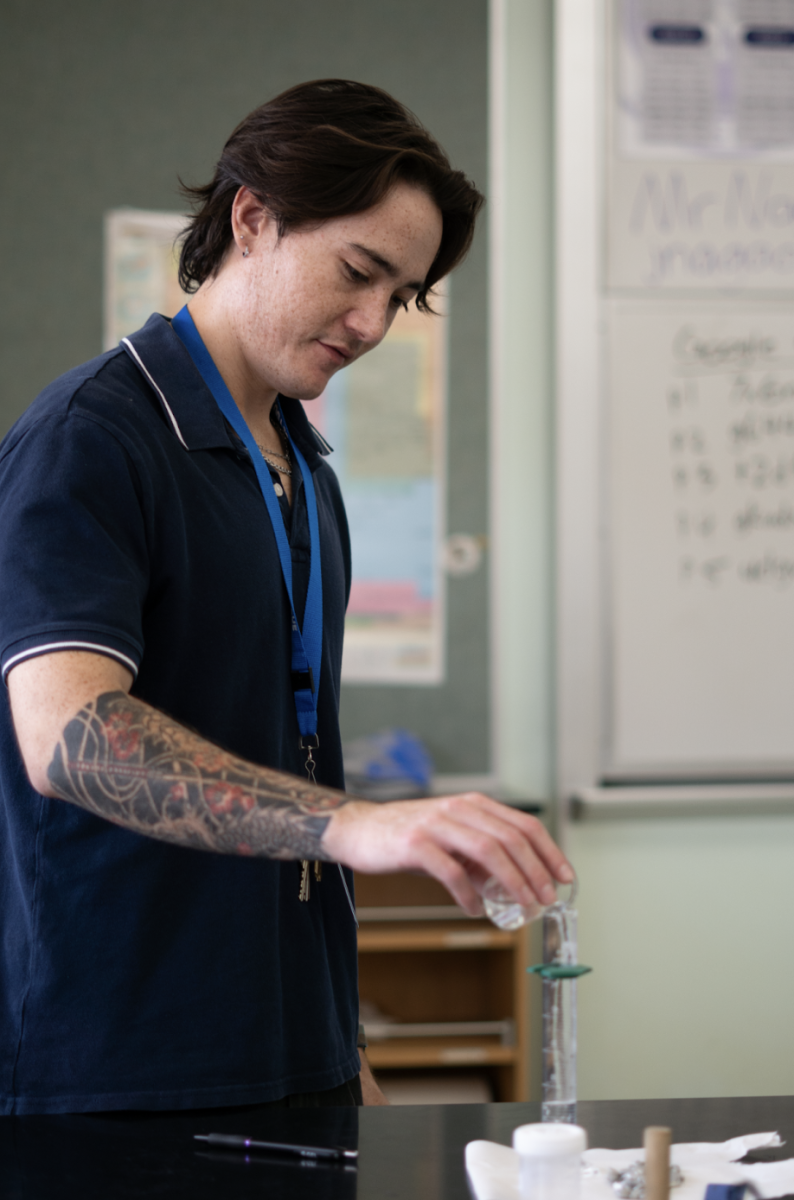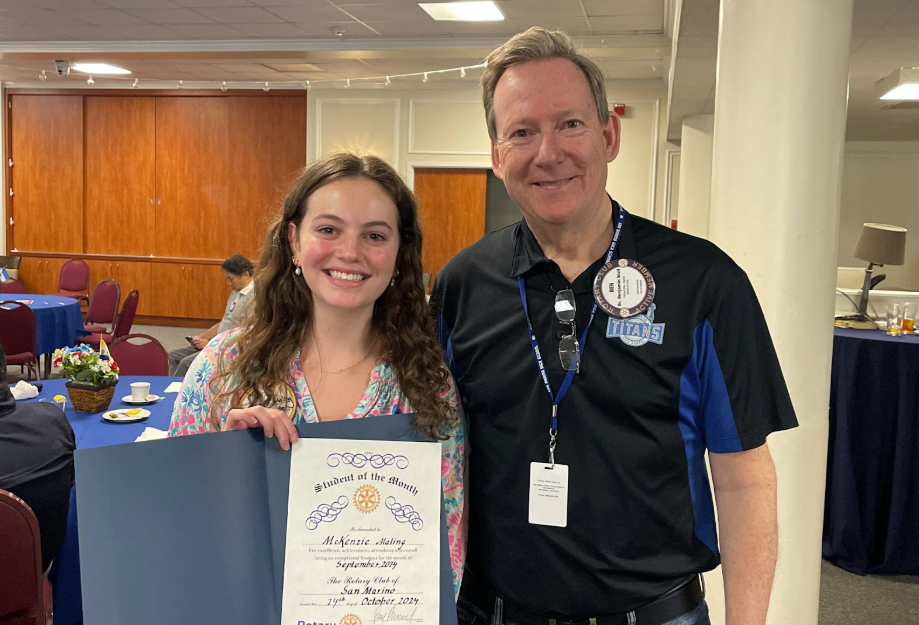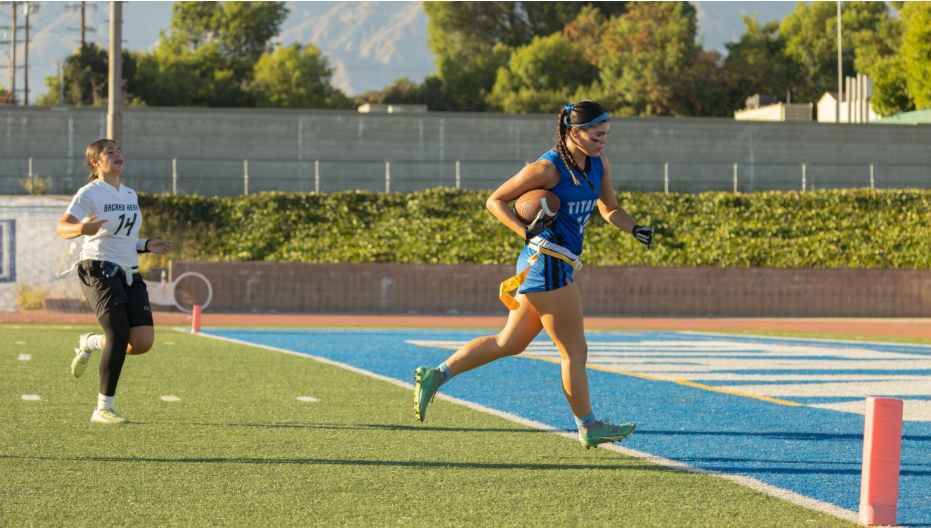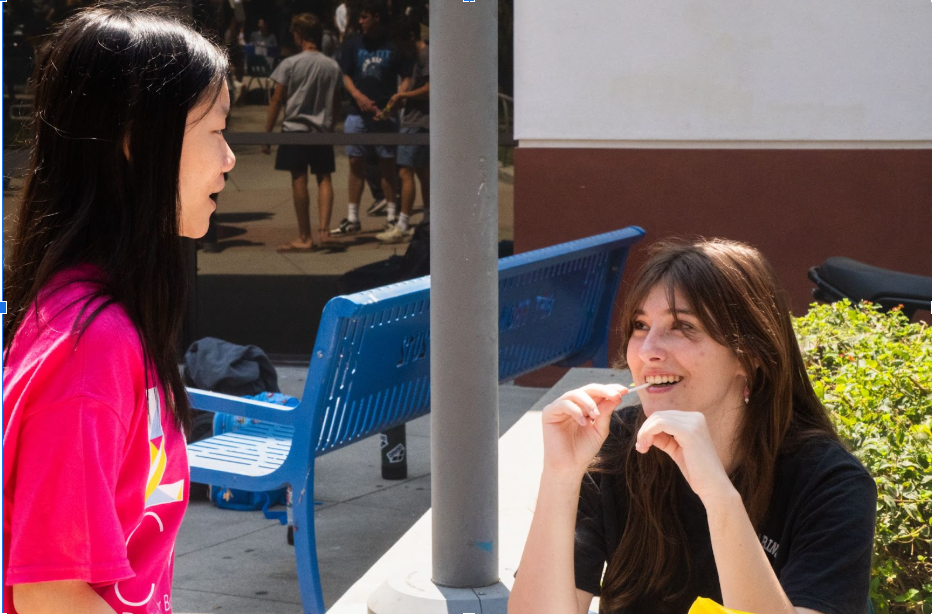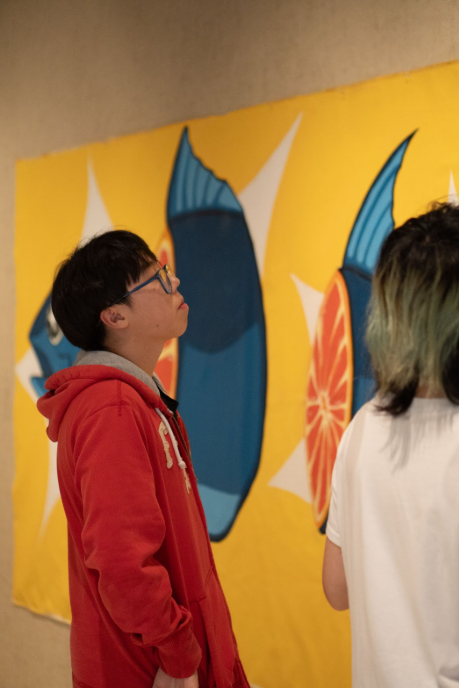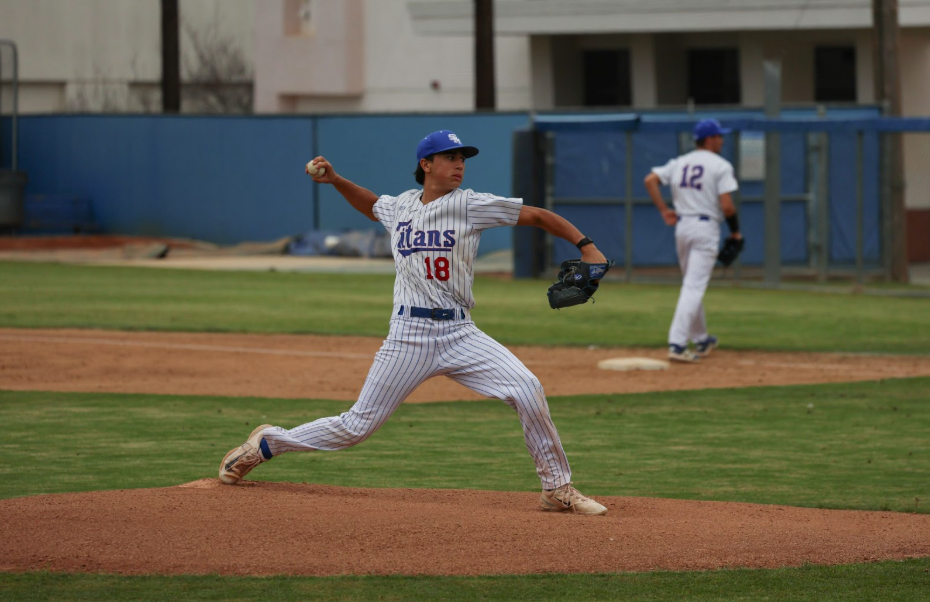Before Thanksgiving break, Mrs. Schaedel’s AP Literature classes performed the annual Frankenstein Trial, in which after reading Mary Shelley’s Frankenstein, the class put Victor Frankenstein’s monster on trial. Both third and fifth period conducted this trial, but for simplicity, we are gonna focus on the trial I myself was a part of in third period. I was a member of the prosecution team, alongside Diego Garcia, 12, and Geoffrey Foong, 12. Garcia’s dad, Ricardo Garcia, is a public defender for the county of Los Angeles, and acted as the judge for this trial. The goal was simple, for the prosecution, we had to prove beyond a reasonable doubt there was malicious intent for the three murders the monster committed throughout the novel. Meanwhile, the defense had to get the jury, which was made up of our peers, to believe the insanity plea, which meant that they had to show the monster did not know the difference between right and wrong or the consequences of his actions.
The trial commenced with the bailiff (Timothy Wong, 12) walking the monster (Julia Moller, 12) to the defense table, where she was joined by Theo Vitan, 12, Jonathan Jen, 12, and Adam Iptchilar, 12, who were the defense attorneys. Each group called up three witnesses, with prosecution calling Victor Frankenstein (Allyson Wang, 12), Captain Walton (Jack Leizman, 12), and an ethic professor (Chrisopher Parwar, 12), while the defense called Victor, Old Man de Lacey (Madeline Chueng, 12), and a child psychologist (Camille Tai, 12). Throughout the trial, attorneys participated in questioning and cross-examination, and although we as the prosecution seemed to have the strongest argument, it was not until Garcia came up to cross-examine the psychologist that the case appeared to be settled. He mentioned the fact that since the monster was made of adult parts, Tai’s credentials as a child psychologist could not be valid, cracking a major hole in the defenses case.
As the trial concluded, the jury went outside to deliberate, and they reached a verdict. “It was a interesting to here both the prosecution and defenses perspectives on this case, but ultimately the prosecution’s argument was better,” said Tai. The jury agreed. Frankenstein’s monster was found guilty on all three counts of murder, and after the verdict was read and a life sentence was given, Mrs. Schaedel and Mr. Garcia both provided their thoughts on the case. Both expressed their happiness for how well it went, and gave their feedback and critiques, such as how it will actually go in a real courtroom trial.
This result of all three counts being proven guilty was actually rare, contrary to the results of this trial. “I don’t think all three counts have been found guilty in ten years,” Mrs. Schaedel said. The trial allowed me and my fellow AP Lit students to wrap up our Frankenstein unit while learning about the legal system in a fun way.
